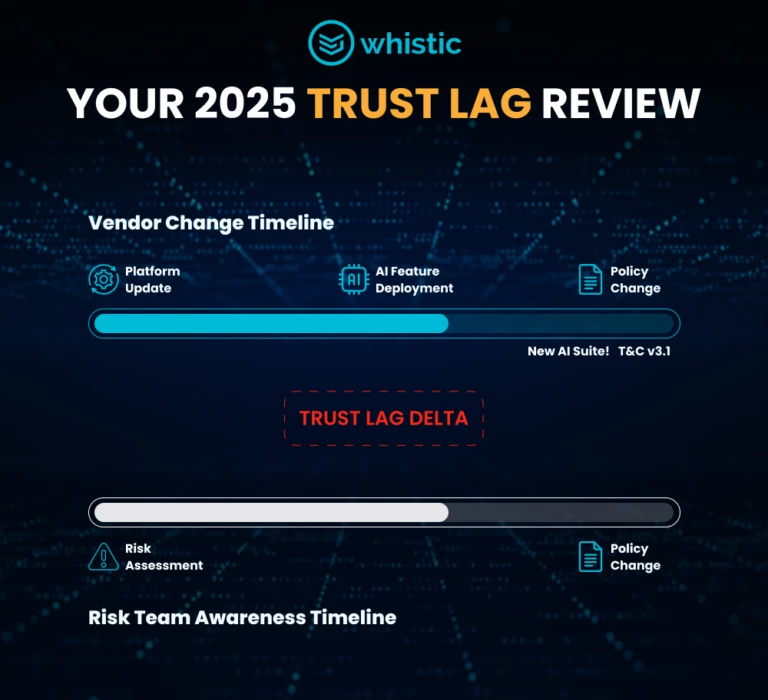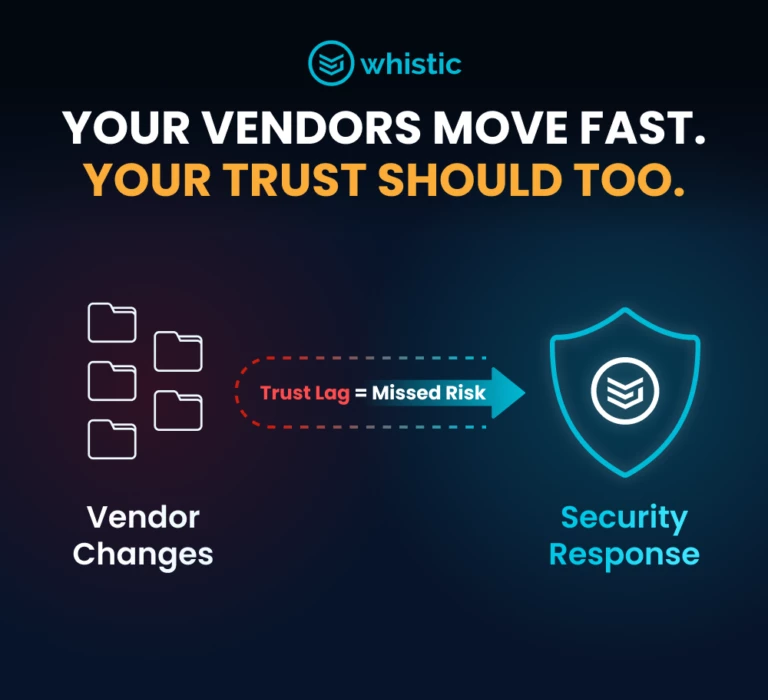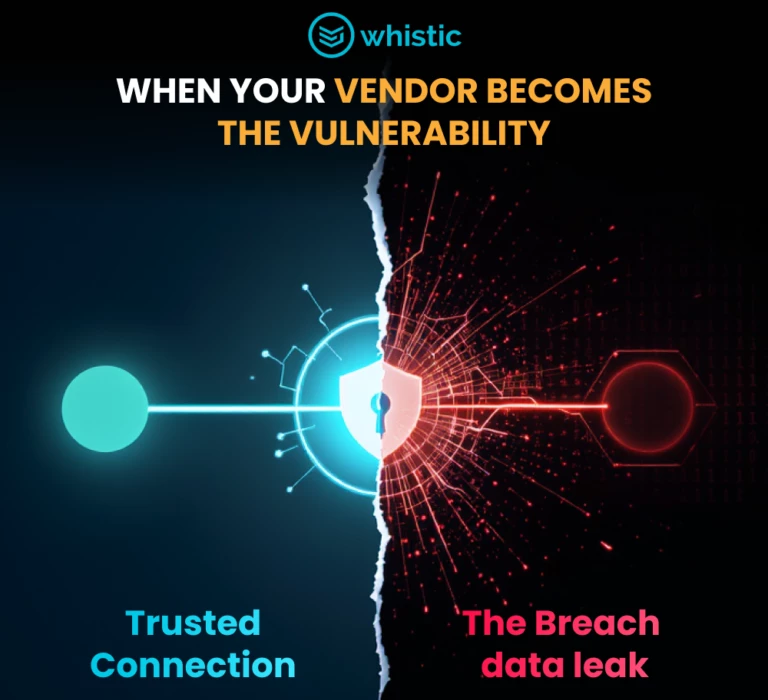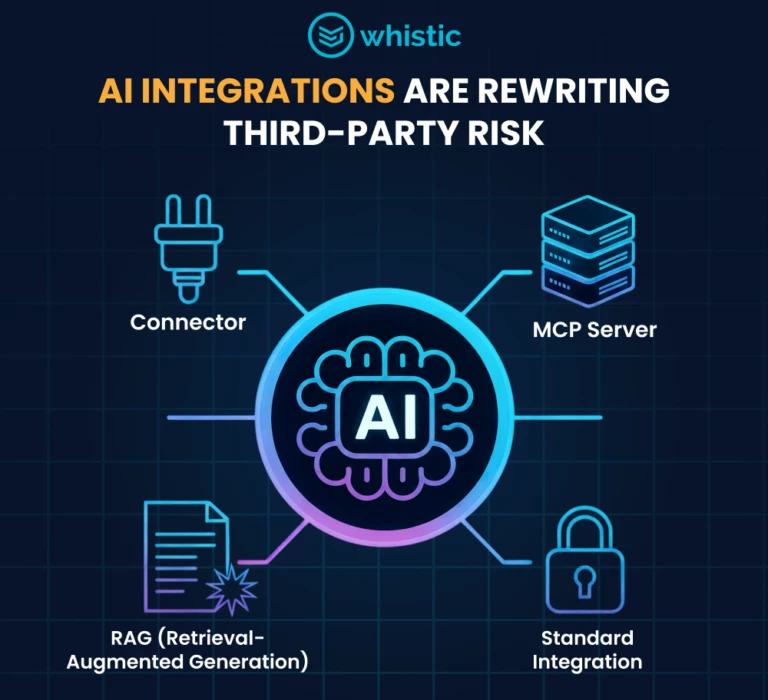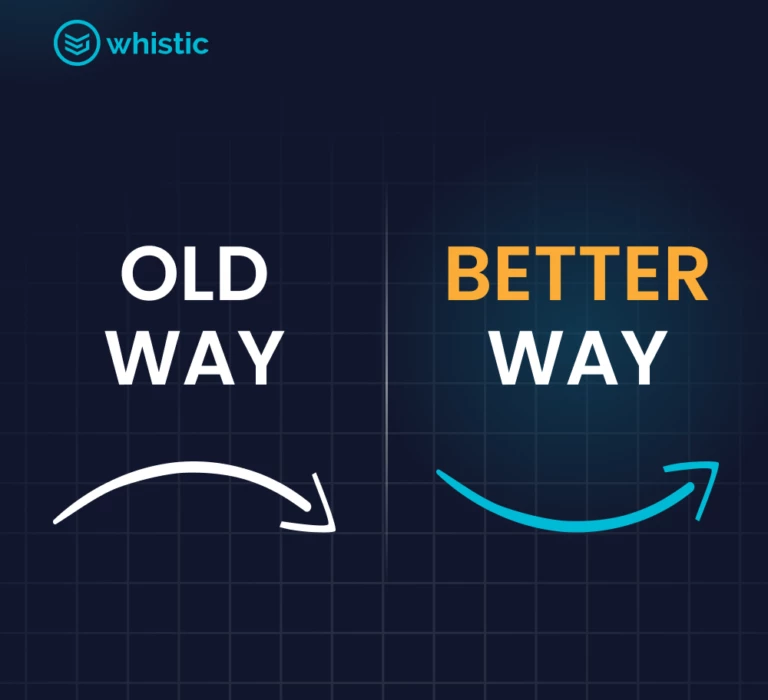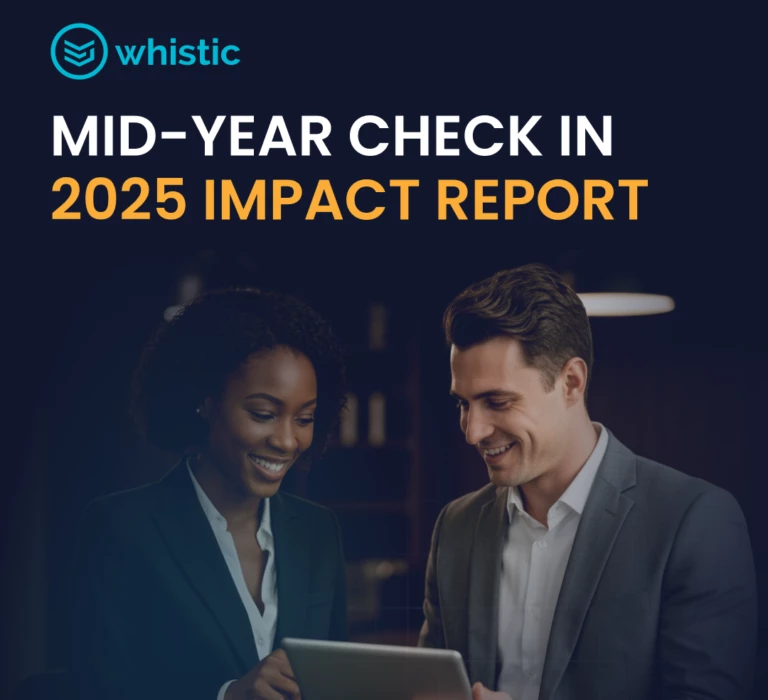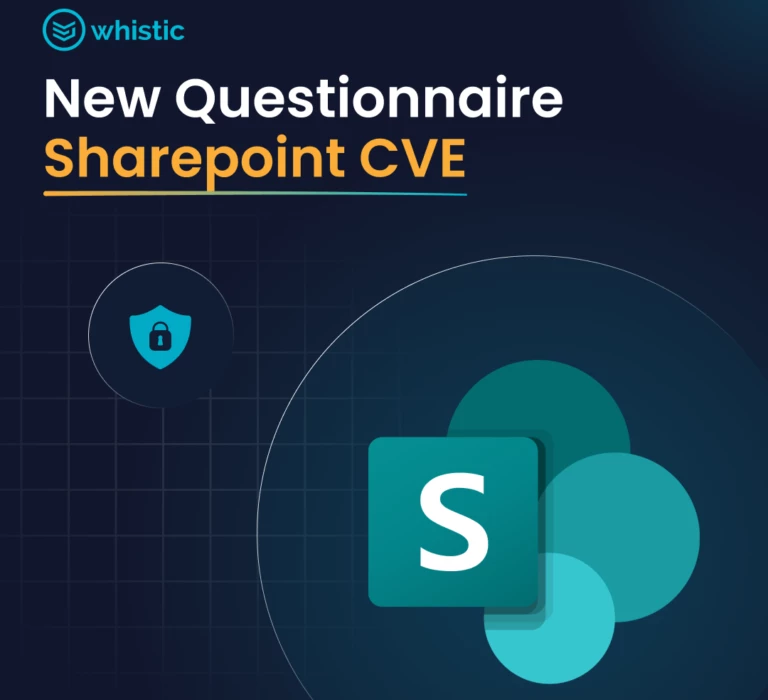

The 2026 Vendor Risk Agenda: CISO-Led Insights
Actionable CISO insights on modernizing TPRM for 2026, covering AI supply chain risk, event-driven oversight, vendor criticality, and quantifiable vendor risk.
Read MoreReady for faster assessments, richer insights, and lower costs? Meet the next generation of Assessment Copilot.
Ready for faster assessments, richer insights, and lower costs? Meet the next generation of Assessment Copilot.
The latest blogs, webinars, customer stories, product updates, and industry news for proactive, trust-first vendor security.


Actionable CISO insights on modernizing TPRM for 2026, covering AI supply chain risk, event-driven oversight, vendor criticality, and quantifiable vendor risk.
Read More